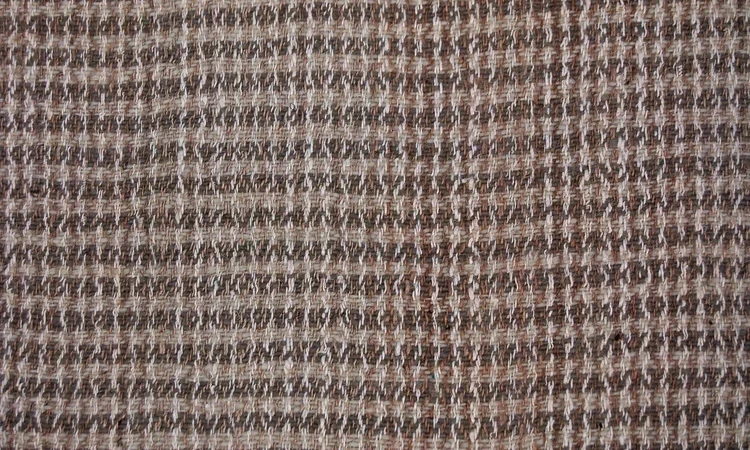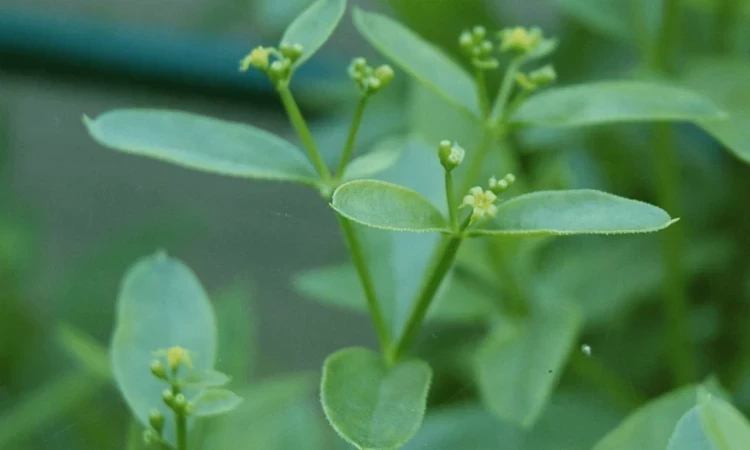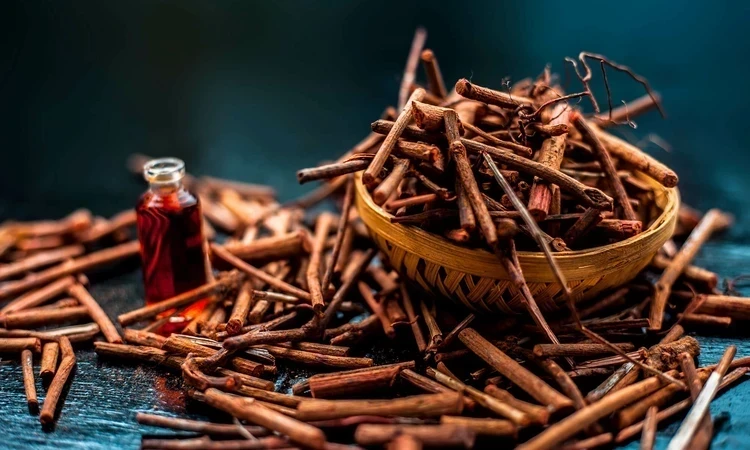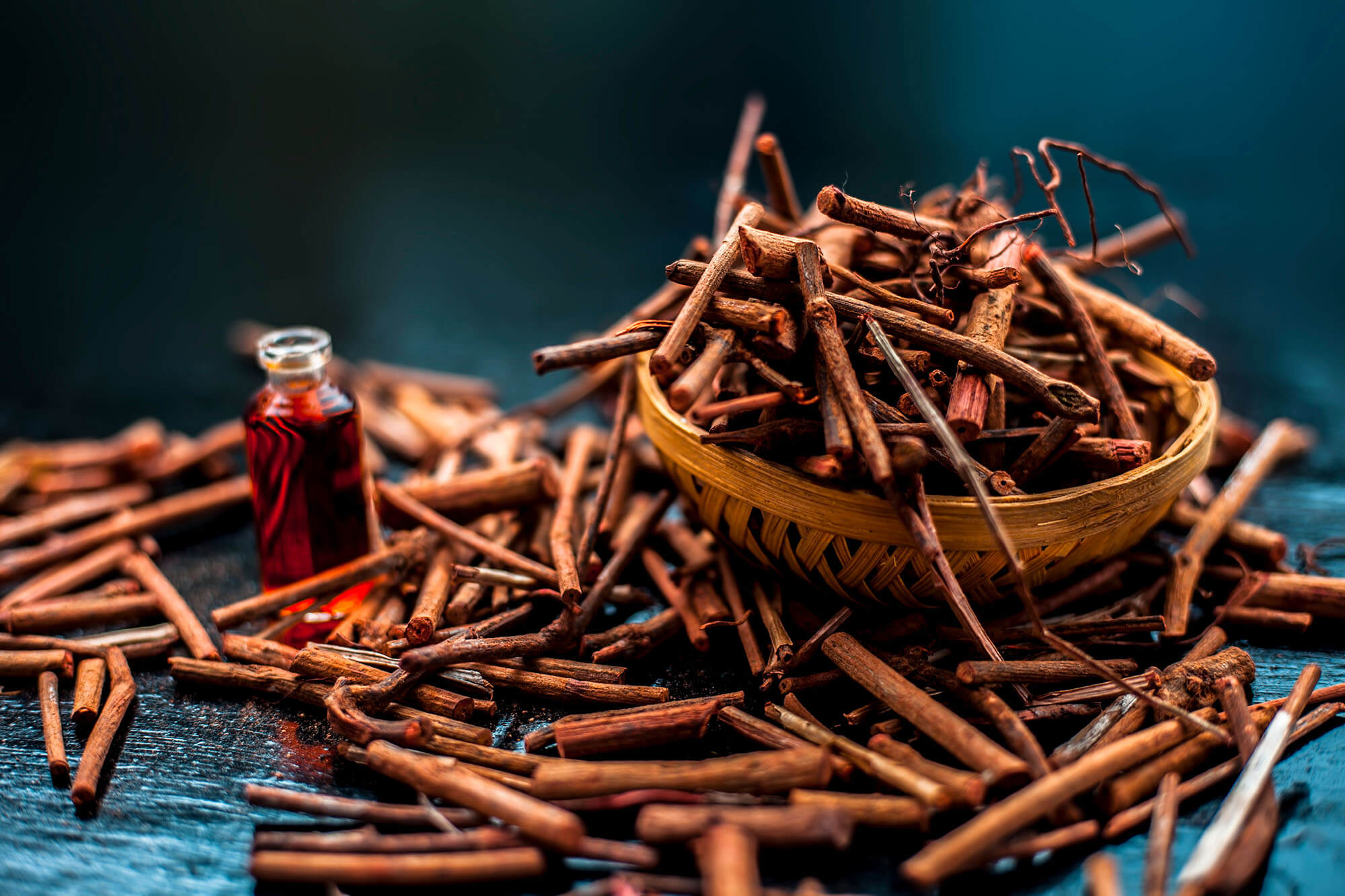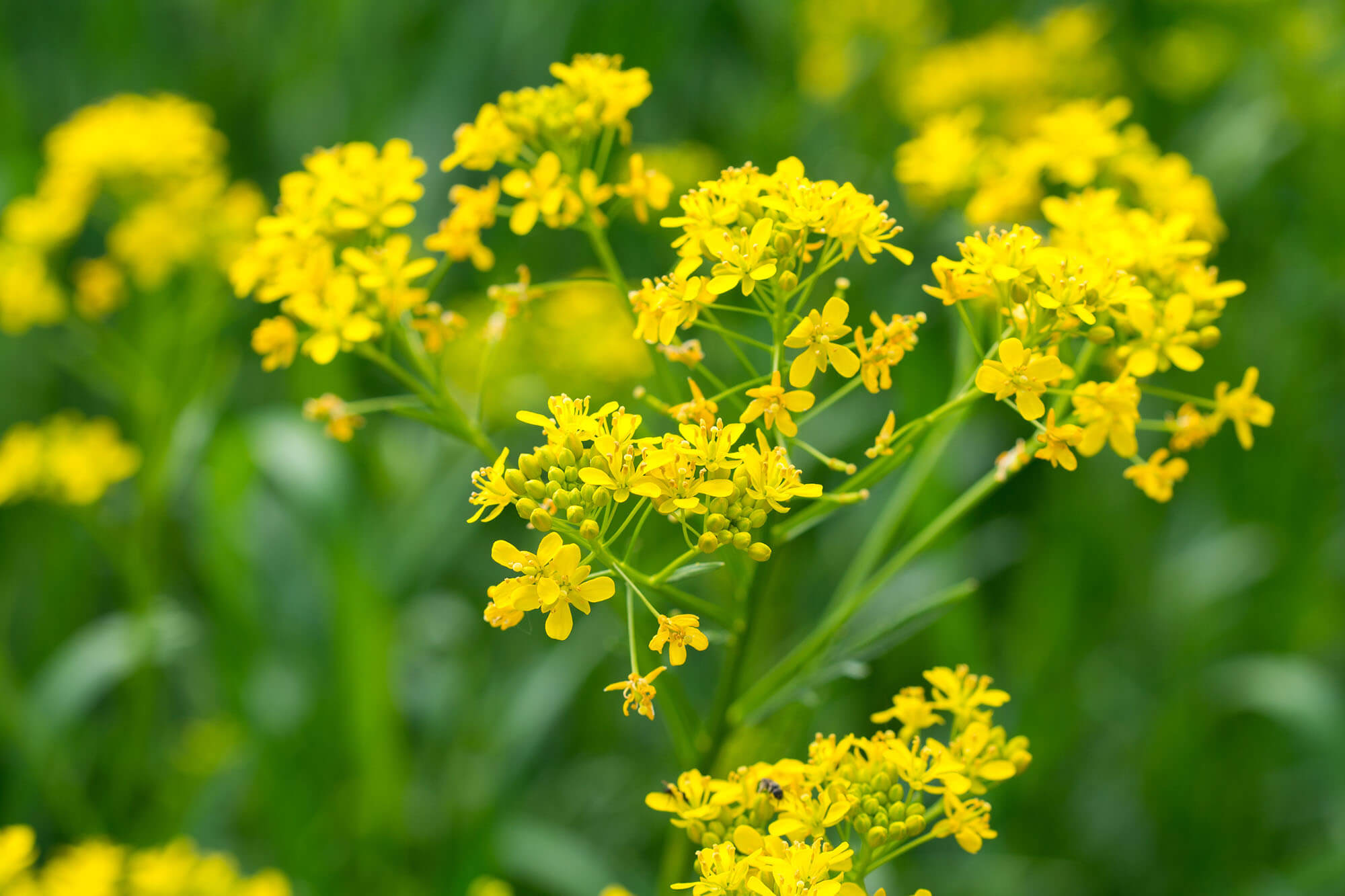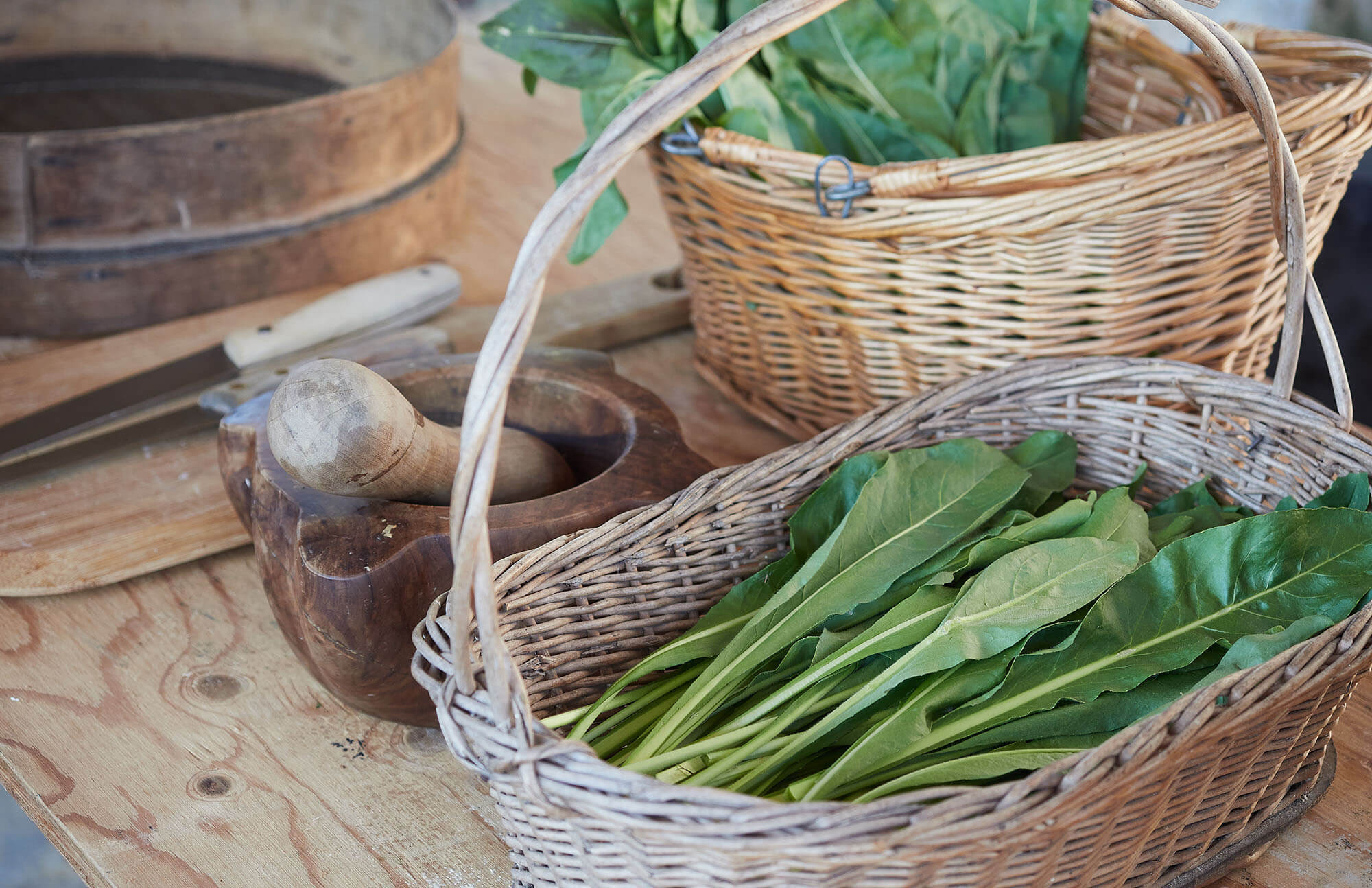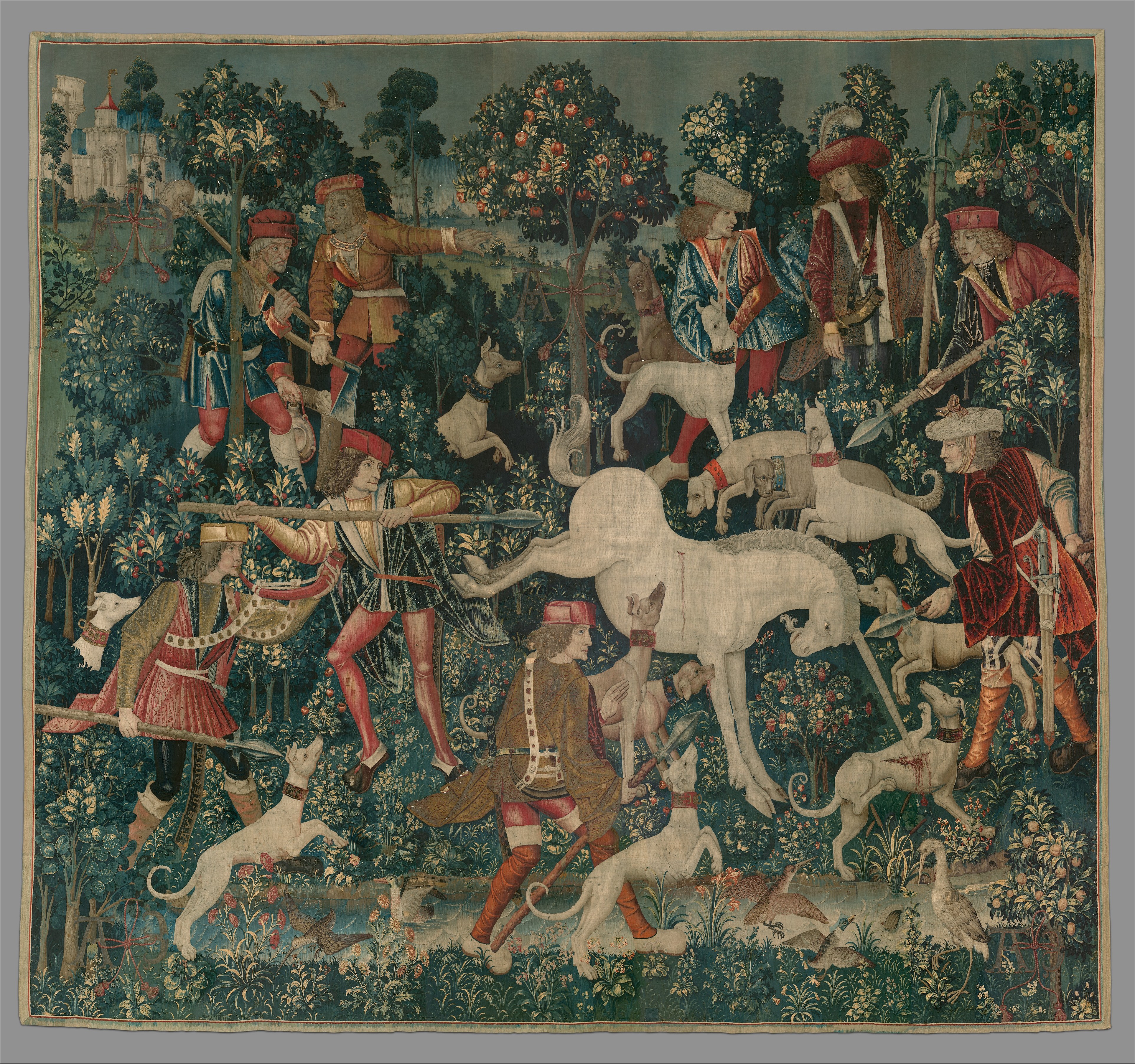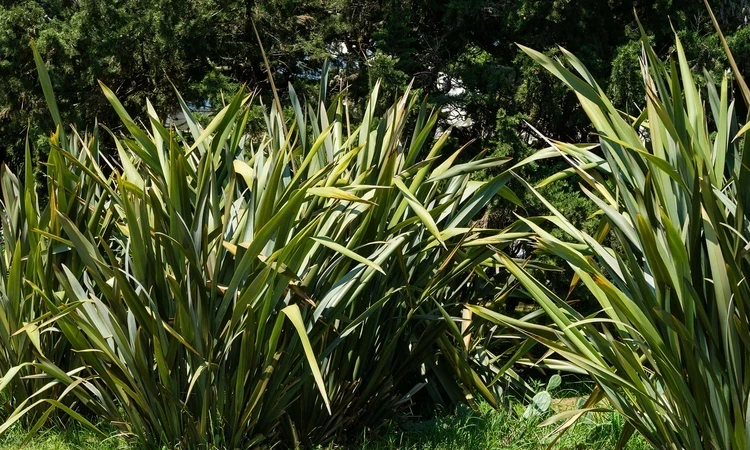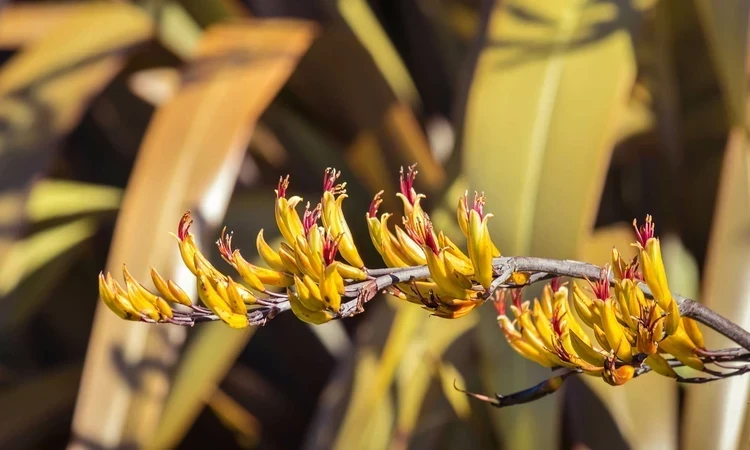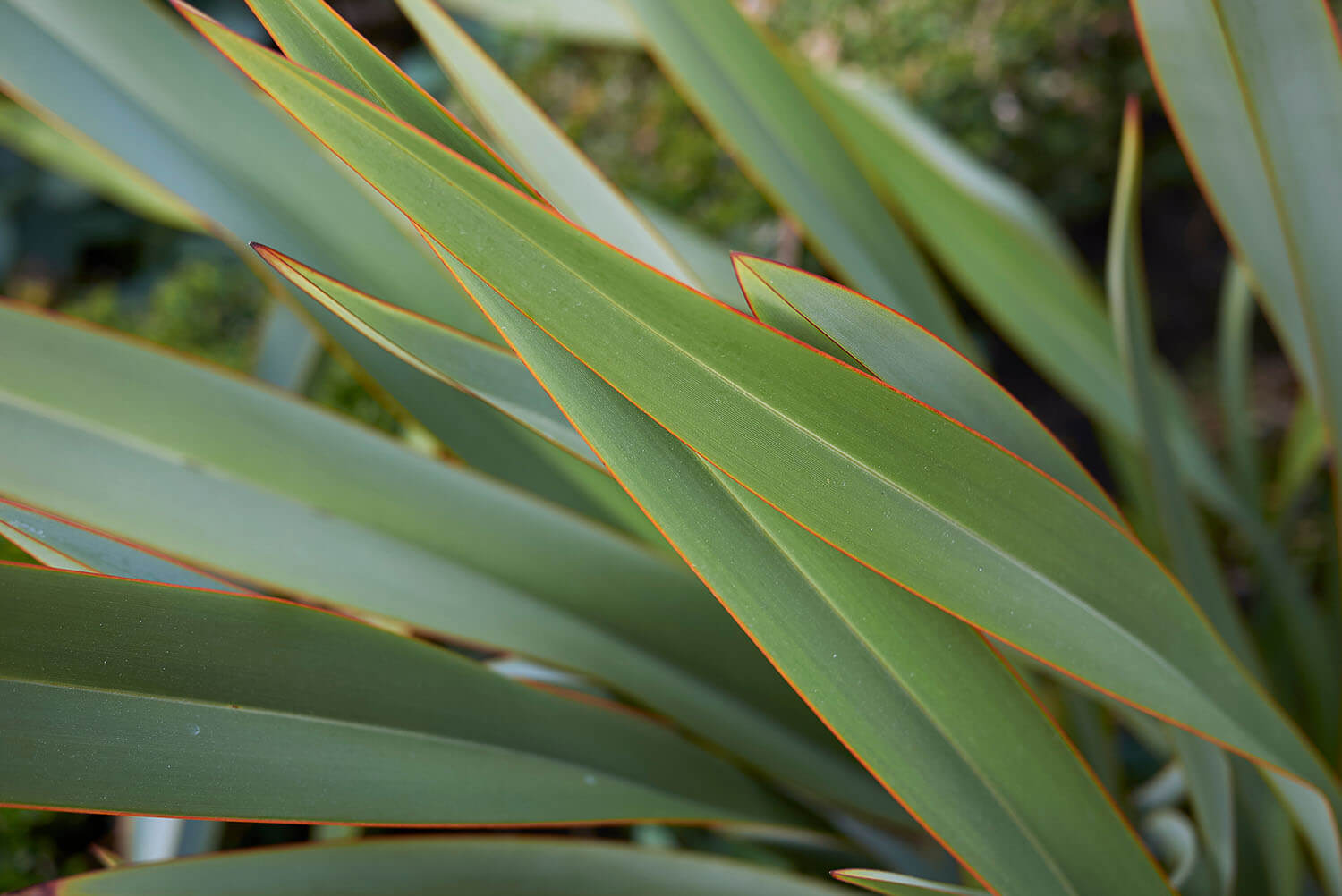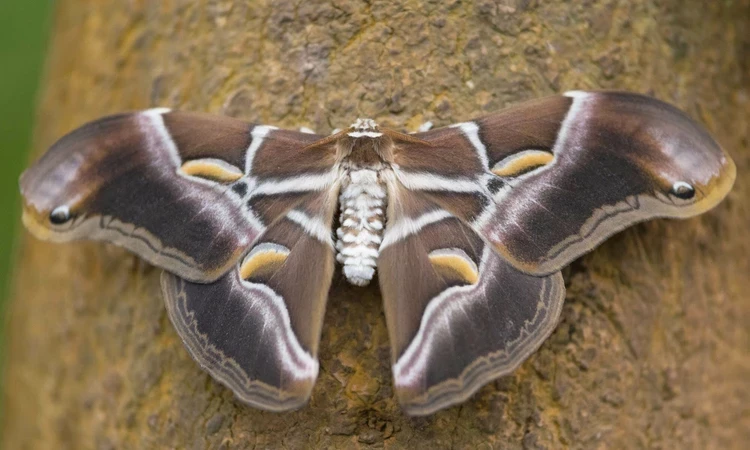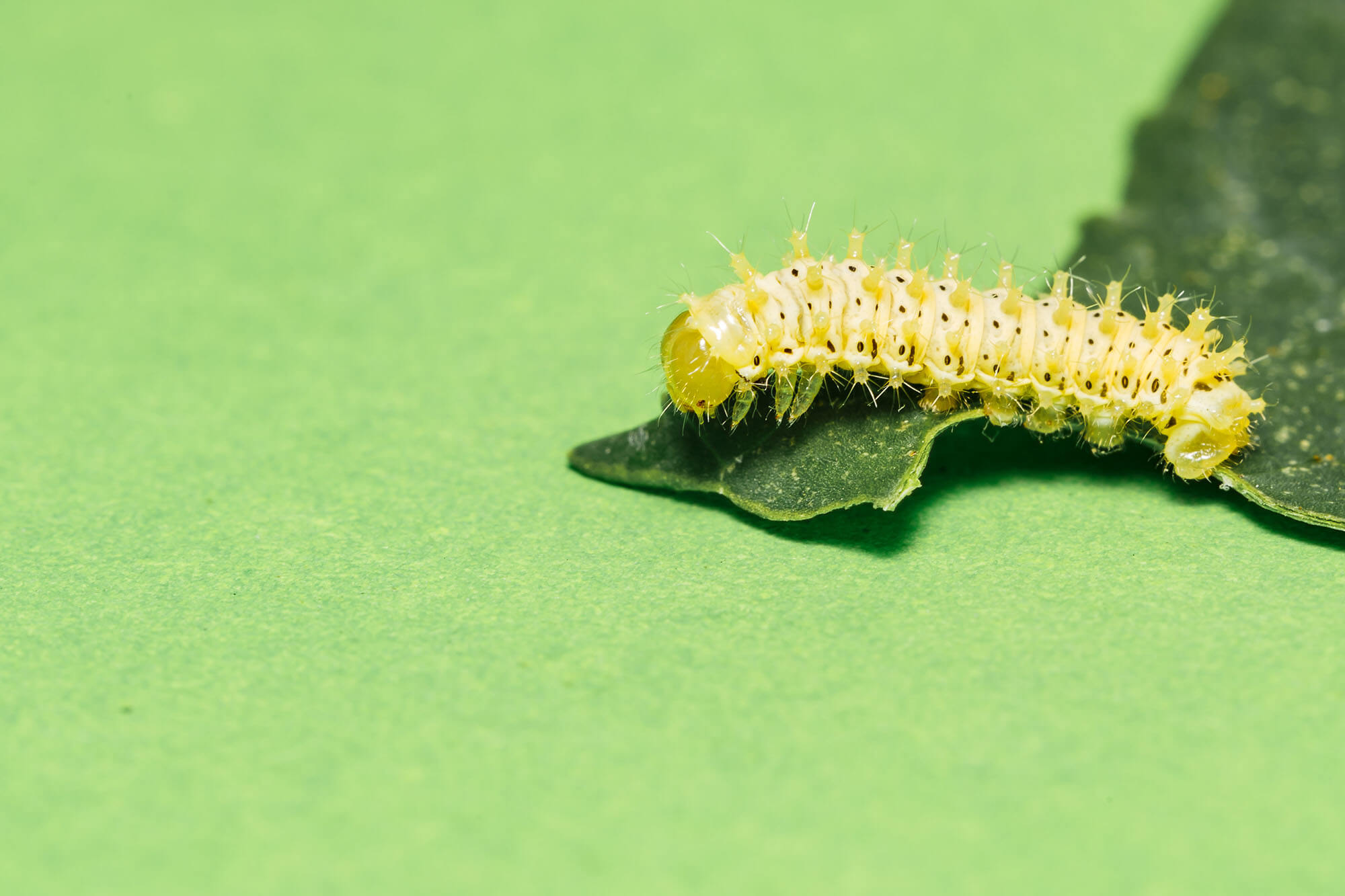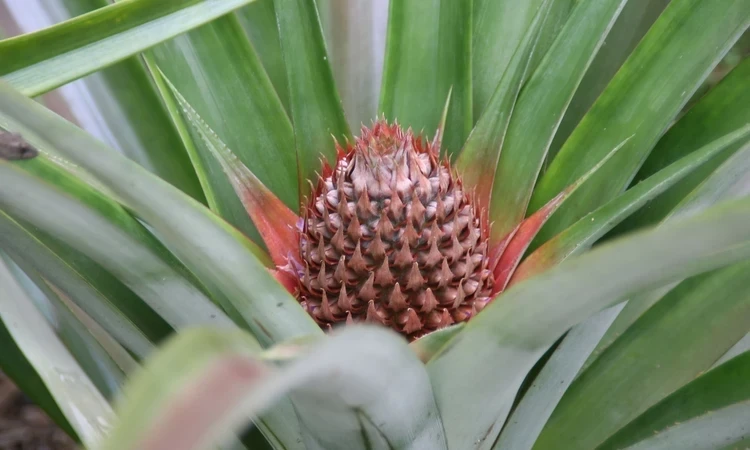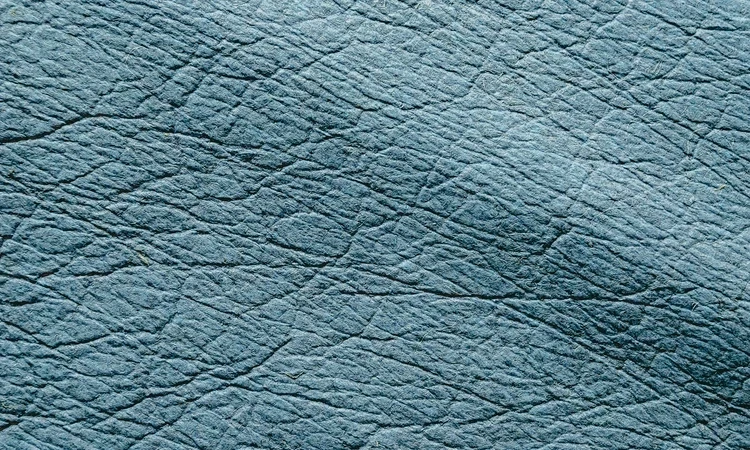
Plants for a purpose
Key information
Every season, new planting at Victoria Gate in Hyde Park will reveal a different purpose for plants – from food and fuel to medicine and materials.
For summer 2023, the beds highlight plants that are used to produce Textiles and Dyes. From curtains and carpets to the clothes we wear, plant textiles and dyes are a vital part of our material world – you might be wearing a fabric derived from plants right now!
Come to Victoria Gate to take a look and see what you discover.
How are textiles and dyes made from plants?
Throughout history and all over the world, people have experimented and refined different techniques to create and dye textiles.
To produce textiles from plants, the fibre of the plant needs to be extracted. This is done through different methods – including pounding leaves with a stone mallet, scraping them to clean the fibres, and then washing and drying the fibres in the sun. The plant fibre is spun into yarn by hand or machine, and then woven or knitted into fabric.
To create dyes, the plant’s leaves, roots, or flowers are boiled in water to extract liquid, which is then distilled to produce a strong-coloured substance called a pigment.
Which plants in the Victoria beds are used for textiles and dyes?
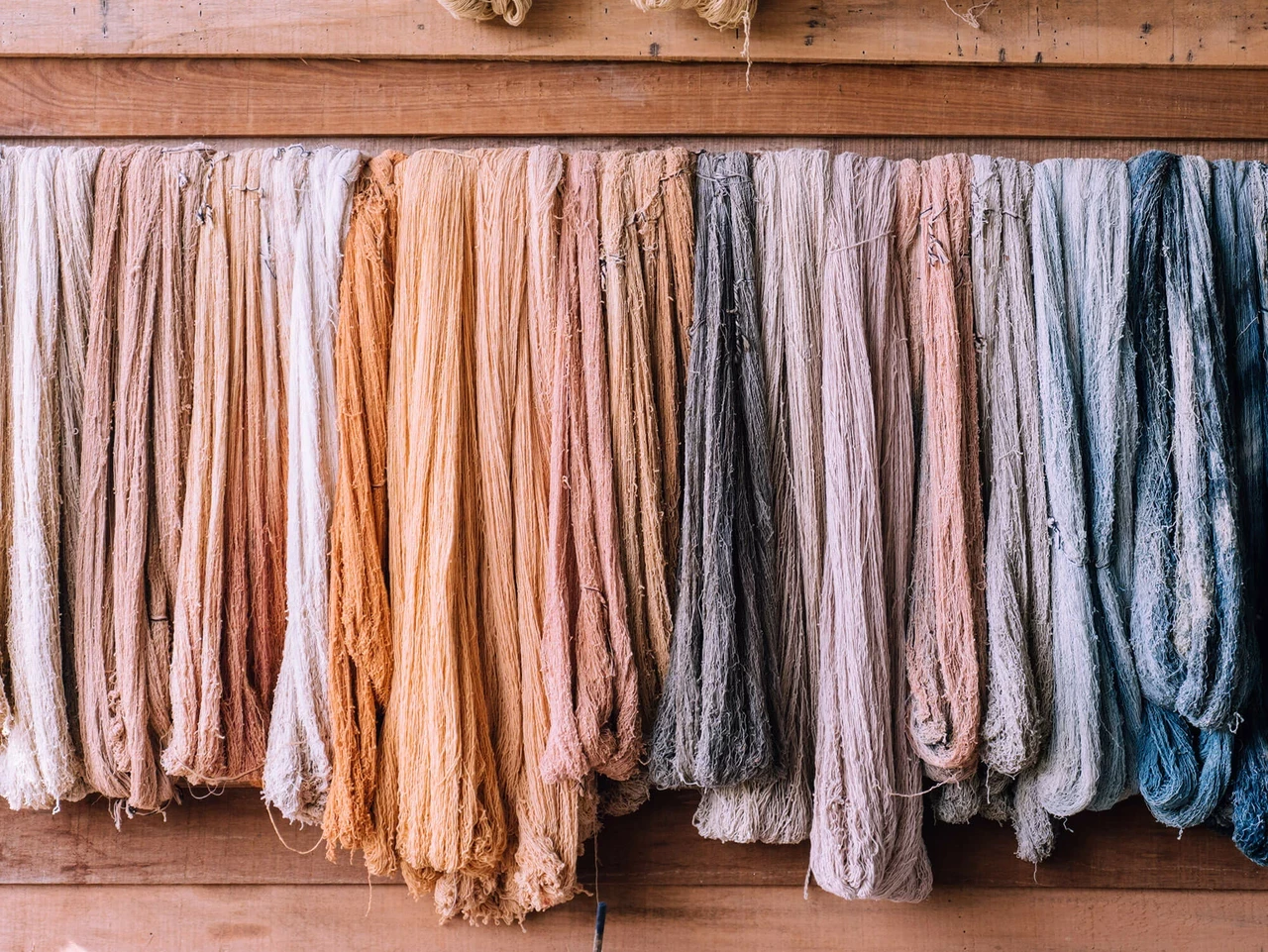
Nettles (Urtica dioica)
While nettles have a painful sting, they can be surprisingly useful in fabric-making. The fibres from their leaves can be used to produce textiles, and their leaves can be distilled into a green dye. Fabric produced from nettles were famously used for German soldiers’ uniforms in the First World War.
Madder (Rubia tinctorum)
Madder plants grow for three to five years before their roots are harvested to use as a source of red dye. The ancient Egyptians, Greeks, and Romans all used madder for dying textiles – cloth dyed with madder was found in the tomb of the Pharaoh Tutankhamen, and among the ruins of Pompeii.
Madder is still widely used today – for textiles like red Persian carpets, and even for adding red pigment to oil paint. Spot their dark green, prickly stems and small, star-shaped yellow flowers.
Woad (Isatis tinctoria)
The blue-green leaves of woad plants were the only source of blue dye in Europe for thousands of years, before indigo (Indigofera tinctoria) was imported from South Asia in the 16th and 17th centuries. Woad was used to dye tapestries in medieval Europe – including the famous Unicorn Tapestries, made in France and the Netherlands in 1495-1505.
Look out for woad’s small yellow blossoms, which are a great source of nectar for bees.
New Zealand flax, or harakeke (Phormium tenax)
New Zealand flax, also known by the Māori name harakeke, is an evergreen plant native to New Zealand and Norfolk Island. Try to spot their long leaves and dramatic yellow or red flowers.
Harakeke fibres were the most produced fibres in New Zealand prior to European contact, used by Māori people for weaving anything from rope to fine cloaks (kakahu). After the arrival of Europeans wool and cotton became more widely used, but harakeke has remained a popular choice among Māori weavers for traditional textiles.
Click the link here to watch a short newsreel from 1947, which shows the techniques used by some Māori people to extract fibres for textiles from harakeke leaves.
[Archives New Zealand – Te Rua Mahara o te Kāwanatanga, Weekly Review 280. National Film Unit, 1947]
Castor oil plant (Ricinus communis)
Castor oil plants are branching shrubs with red stems. In summer, look out for their leaves and tiny yellow flowers, which develop into bright red, spiky seed capsules.
The leaves of castor oil plants are an important food source for the Eri silkworm (Samia ricini) which are used for silk production, particularly in Ethiopia. Eri silkworm caterpillars feed on the leaves of plants like castor before wrapping themselves in cocoons, which are made of silk fibres. Silkworm rearing and silk weaving is called sericulture, an important craft for Ethiopia’s economy.
Pineapple (Ananas comosus)
We might best know pineapples for their delicious, spiny fruits – but did you know that you can wear fabric made from pineapple plants?
Pineapple leaves can be manufactured into a durable fabric commonly known as vegan leather. It takes 480 dark green pineapple leaves to make one square metre of vegan leather – leaves which would otherwise go to waste. These leaves are processed to extract their fibres, which are white, smooth, and feel similar to silk. The fibres are dried in the sun, purified, and then made into fabric.
There’s an incredible range of plant textiles and dyes out there, from nettle fabric and pineapple leather to madder-dyed Persian carpets. An eco-friendly alternative to synthetic textile production, plant textiles and dyes are not just beautiful, but sustainable too.
Watch this space – every season, new planting in the Hyde Park Victoria beds will give a fascinating insight into a new purpose for plants. Come back next season to discover more!
Full planting list for the Victoria Gate beds
| Achillea ‘Terracotta’ | Phormium ‘Jester’ |
| Ananas comosus ‘Variegatus’ | Phormium ‘Maori Queen’ |
| Anchusa azurea ‘Loddon Royalist’ | Phormium ‘Tricolour’ |
| Anthemis tinctoria ‘E.C. Buxton’ | Ricinus communis ‘Carmencita Bright Red’ |
| Anthemis tinctoria ‘True Wild Form’ | Ricinus communis ‘Impala’ |
| Bidens ferulifolia ‘Blazing Fire’ | Rubia tinctorum |
| Calendula officinalis | Rudbeckia fulgida ‘Little Goldstar’ |
| Coreopsis ‘UpTick Gold and Bronze’ | Rudbeckia ‘Sunburst Glow’ |
| Cosmos sulphureus | Rudbeckia ‘Sunbeckia Sarah’ |
| Cosmos sulphureus ‘Tango’ | Urtica dioica |
| Isatis tinctoria | Zea mays ‘Quadricolour’ |
| Pelargonium Crispum ‘Variegatum’ | Zinnia marylandica ‘Double Zahara Fire’ |
| Linum Perenne ‘Blue Sapphire’ |



